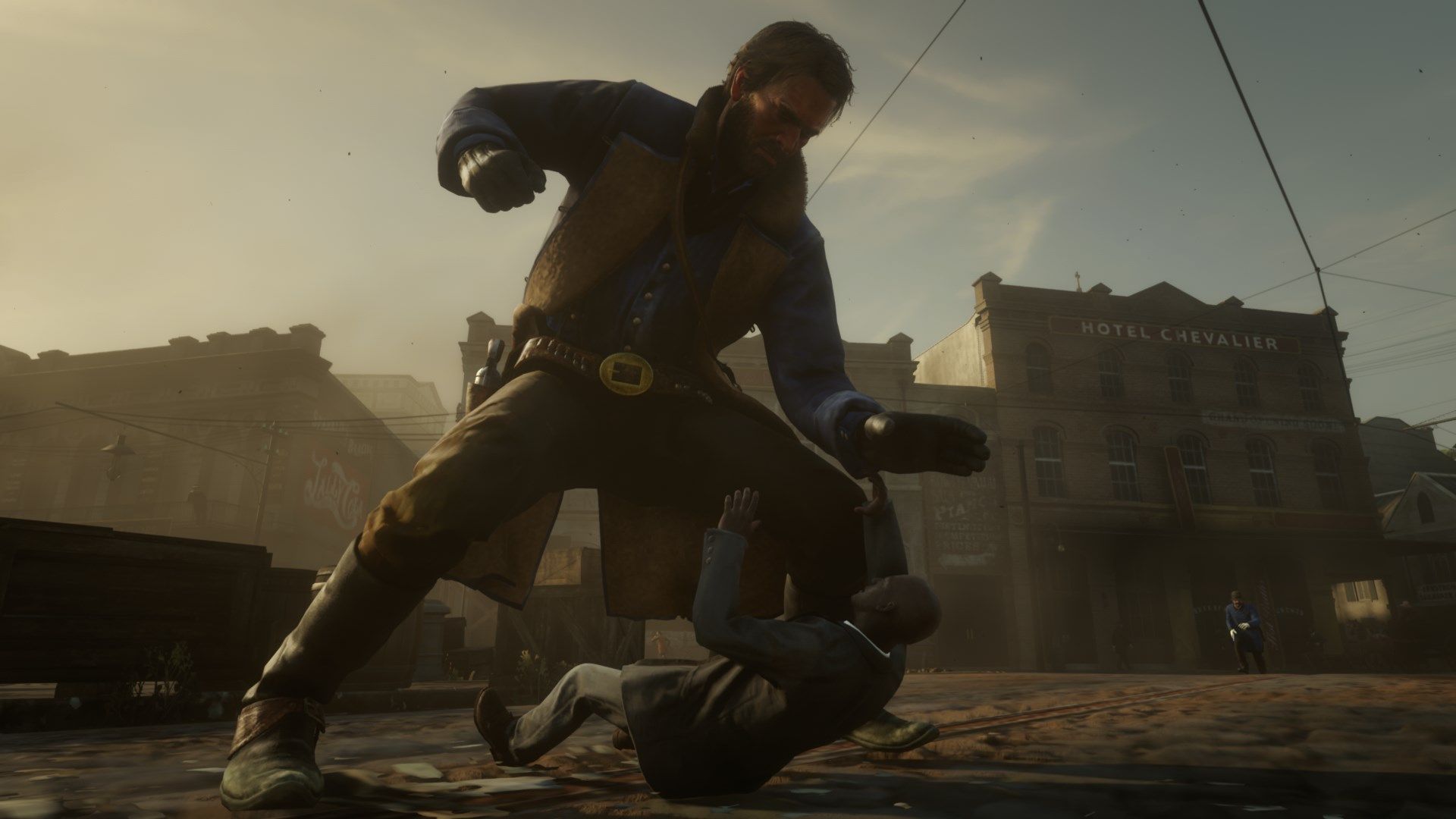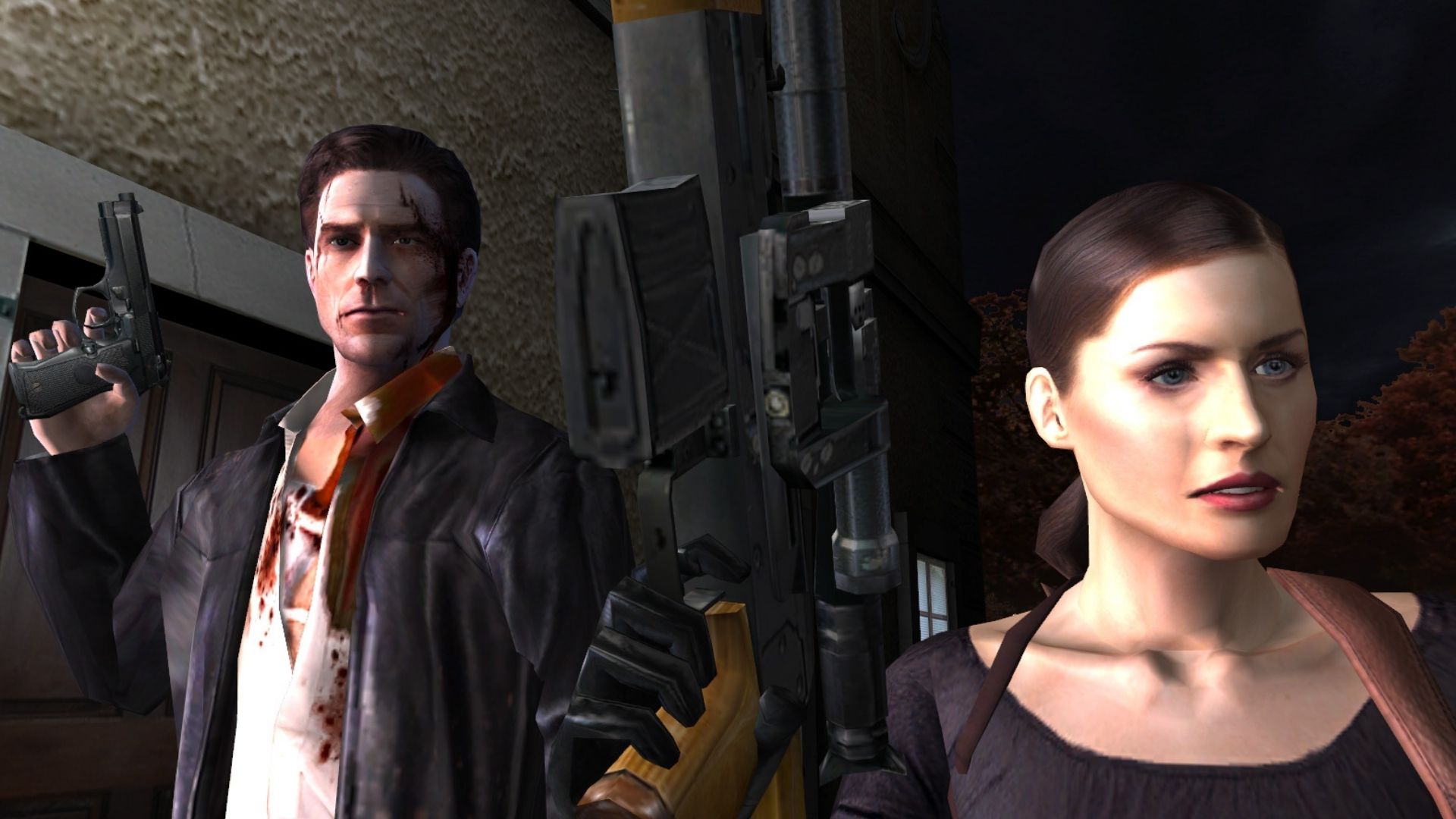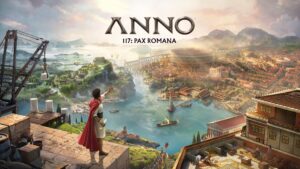
The medium of games is a unique one when compared to other forms of entertainment. Most feature-length movies would have a runtime of somewhere between 2 to 3 hours, while a typical TV show episode would be in the ballpark of 1 hour. Sure, there are outliers in these cases as well, but they are so few and far between that the aforementioned lengths can be considered the standard for these respective mediums. On the other hand, video games aren’t so standardized when it comes to their runtime, and their lengths can vary wildly from game to game. There are experiences that would only last you a couple of hours. Then there are experiences that will take hundreds of hours. Hell, there are even experiences that just keep on going and going without any sense of a bespoke ending.
Of course, each of these approaches caters to different kinds of audiences, but in recent years – the industry has seen a shift wherein the length of a game becomes a bullet point in the marketing of a game itself. A prominent example of this kind of marketing is Techland’s Dying Light 2: Stay Human which claims to have 500 hours worth of content. Another example of such behavior was Bethesda’s showcase of its upcoming Starfield, which is said to have over 1000 planets that players would be able to explore during their space travels.
But does more always amount to better? Well, not necessarily. Like most things, there are two sides to this argument as well. You see, unlike movies or TV – the cost associated with a purchase of a game is dramatically higher. Furthermore, prices of games are getting higher and higher, with Sony and most major multi-platform publishers asking upwards of $70 for their hottest current-gen games. So when you are spending that kind of money on a product, you’d naturally want it to last a while. You’d want to have it last more than just a weekend, and when viewed through this lens – a longer game offers a better value proposition than a shorter game.
But for a long game to work, it needs to nail a handful of things. Let’s take the example of The Witcher 3: Wild Hunt, which is an excellent action RPG that’s bursting with engaging content throughout its gargantuan open world. The developer has filled the landscape with different types of activities such as character-driven side-quests and adrenaline-pumping monster hunts. But most of this side content is optional, and anyone wanting to make a beeline through the critical path can do so without noodling around the open world so much. And even if you venture off the beaten path and pursue these side activities, you will be rewarded with useful gear, engaging stories that are just as interesting as the main story, and much more.
Sectioning out the main content clearly from the side content like this without compromising on their quality allows different players with different amounts of free time and attention spans to enjoy the game the way they choose. So, completing The Witcher 3: Wild Hunt can be a pretty lengthy endeavor if you want it to or it could be a relatively brief one at least when compared to other contemporaries of the genre. Either way, you are getting a great experience on both ends which is what ultimately matters.
Compare that to something like Odyssey, which is also a sprawling open-world RPG filled with oodles of content. But unlike The Witcher, this open-world forces players to invest copious amounts of time into pursuing side-content by gating story-critical missions behind arbitrary power levels. As such, completing the game can quickly become an exercise in pain – since there’s a clear distinction between the many grindy fetch quests peppered throughout the game and the main missions that advance the story forwards. Having such a grindy progression system makes a game artificially bloat up in length, which makes getting through the game straight-up not fun. To add fuel to the fire, such stingy progression systems and artificially elongated games can’t be enjoyed by most players who don’t have a lot of free time – even if they may have a lot of interest in the game’s premise or setting.

Pacing is also important in the case of a lengthy game, especially when the gameplay doesn’t evolve much over the course of the campaign. A good example, in this case, would be Red Dead Redemption 2, which is a great game with a lot of merits – but mandatory sections like Guarma adversely affect the game’s pacing as they don’t contribute much to the overall plot and instead subject players to one shootout after the other. Kojima Productions Death Stranding also suffers from the same issue – as the game’s story beats are scattered far away from each other and the supporting gameplay isn’t as thrilling as fans have come to expect from modern AAA releases.
But what about games that aren’t expansive trudges through a litany of distinct locales? Short games can use their length to their advantage and craft experiences are more focused in their scope – both from a narrative and gameplay perspective. Something like Hellblade: Senua’s Sacrifice can serve as a good example here, as it uses its short runtime to firmly establish an intimate connection between the player and the protagonist. Supporting gameplay elements like the combat and puzzles aren’t as fleshed out as a longer game, but that works well for the game’s relatively short runtime and you don’t get bored of these one-note mechanics.

But that comes with a catch, of course. Having experiences that last for just a handful of hours is fine if the game isn’t full-priced, but if that isn’t the case – such experiences become a hard pill to swallow despite their many merits. Good examples of this would be Max Payne 2 and The Order: 1886 just to name a few. Each of these games has a ton of great things going for it – but those qualities can get undermined when you try to evaluate these games against the money you’re spending on them. Something like Dishonored can get away with having a short campaign, since the game is built around repetition and obtaining a mastery of the handful of levels – but that isn’t the case with the examples I mentioned before. The price of a game can be a non-factor for a utopian world, but practically speaking – these are factors that the majority of gamers consider before a purchase.
To conclude, both long and short games have their own sets of pros and cons – and none can be termed definitively better than the other. Everything depends on the quality of the experience that a game delivers within that runtime, and whether you’re left wanting for more after the credits roll or not. With subscription services like Xbox Game Pass becoming more and more popular as of late, the runtime of a game is starting to become a non-factor for many more people than before which should hopefully, nudge developers to focus on what matters the most instead of trying to market their games around the amount of content they offer for the price tag.
Note: The views expressed in this article are those of the author and do not necessarily represent the views of, and should not be attributed to, GamingBolt as an organization.














